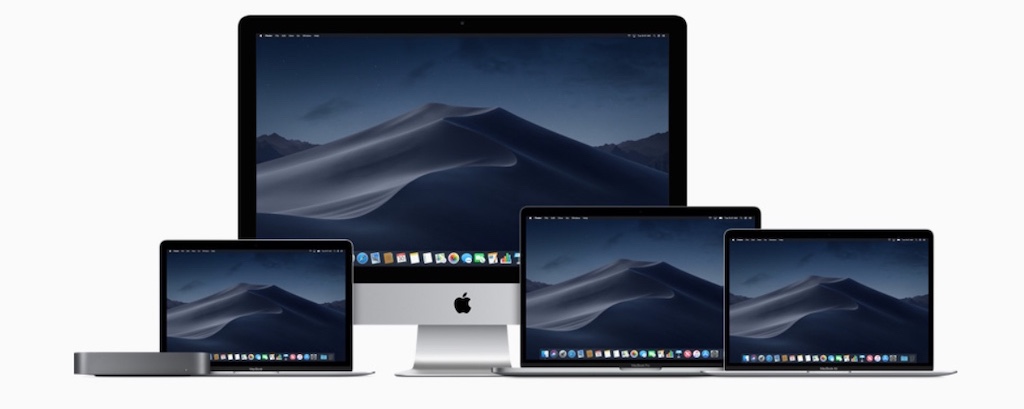
| Table of Contents: |  |
Apple Laptops
MacBook Air
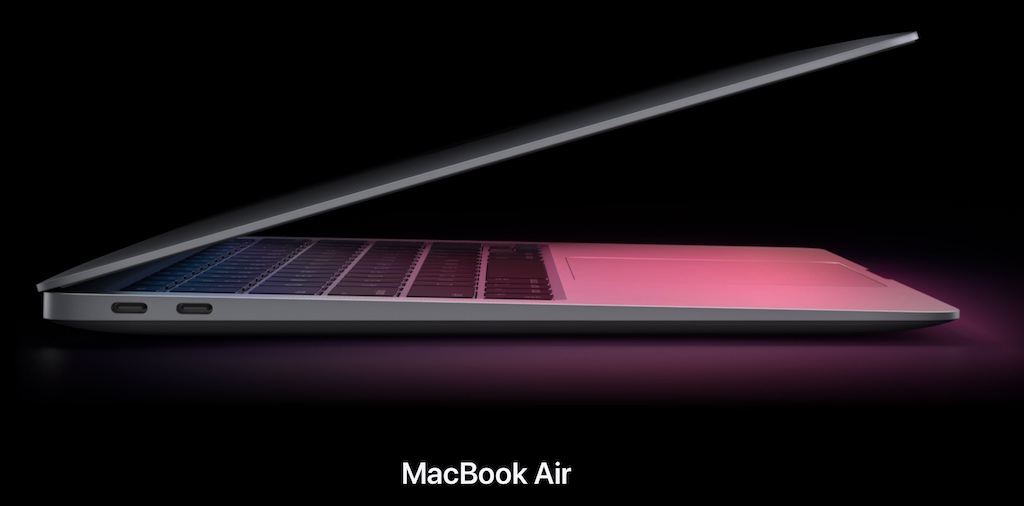
The MacBook Air is Apple’s most affordable, thinnest, and lightest laptop (at just 1.29 kg). But it’s no lightweight when it comes to performance. In November 2020, Apple launched the all-new MacBook Air, powered by the company’s powerful and energy-efficient M1 processor.
The new MacBook Air with Apple M1 chip is up to 3.5 times faster than the previous generation, with up to 8.5 times the graphics performance. Despite the big boost in power, it offers silent, fan-free operation and battery life of up to 18 hours. This laptop is well equipped with the latest technology, including a 13.3-inch, 2560 x 1600 pixel Retina Display with P3 wide colour gamut and True Tone, 8GB or 16GB of unified memory, an M1-boosted FaceTime camera, three-microphone array, stereo speakers, ultra-fast SSD storage, a backlit Magic Keyboard, Force Touch trackpad, Touch ID, Wi-Fi 6, and Bluetooth 5.0. Its dual USB-C ports include power, Thunderbolt 3, and USB 4 support.
The new MacBook Air is available in multiple RAM/storage/M1 GPU configurations, and is offered in Space Grey, Silver or Gold aluminum. It ships with macOS Big Sur, which is optimized to take full advantage of that new Apple M1 processor.
Ideal For: Anyone who needs a lightweight laptop with all-day battery life, anyone looking for a “green” laptop choice, anyone looking to make the most of macOS Big Sur. Make sure to pick the RAM and storage for future use as they are not upgradeable.
MacBook Pro
Apple’s MacBook Pro series of laptops are designed to be a portable replacement for a desktop PC, offering all the performance and connectivity in a single, sleek package. There are multiple sizes and configurations available, with a model that’s ideal for any application. No matter which version you pick, you can count on a premium design with an aluminum unibody (in Silver or Space Grey), SSD storage, Magic Keyboard, Force Touch Trackpad, FaceTime camera, Touch ID, and Bluetooth 5.0.
One of the key unique features of the MacBook Pro is the Touch Bar, introduced as part of the 2017 redesign. This is an OLED multi-touch strip that replaces the function keys with programmable, contextually aware controls and a Touch ID sensor.
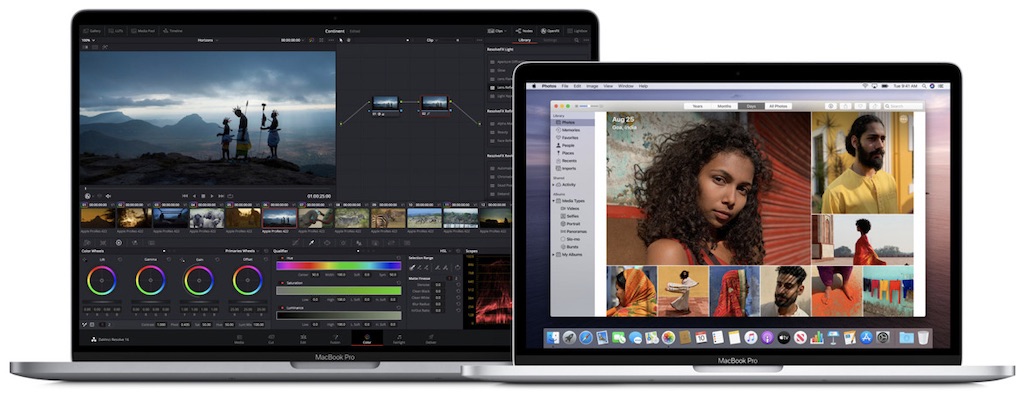
The first choice in the MacBook Pro lineup is in display size. You can pick between a 13.3-inch display and a 16-inch screen. Both are high resolution, IPS, Retina displays (226 and 227 PPI respectively), with 500 nits brightness, True Tone, P3 wide colour gamut.
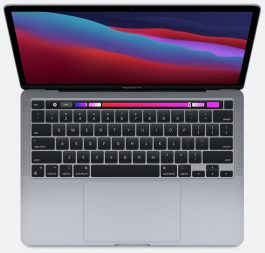 The next design choice to make is processor. In November 2020, Apple introduced new 13-inch MacBook Pros powered by the Apple M1 processor. These versions offer up to 2.8 times the CPU performance of the previous generation, and up to five times the graphics performance. And they get up to 20 hours of battery life—the most ever in an Apple laptop. The new 13.3-inch MacBook Pro with Apple M1 processor also gets updated features including dual USB-C ports with Thunderbolt 3/USB 4 support, faster SSD storage, Wi-Fi 6 and a FaceTime camera that gets improved performance thanks to the M1. This model is limited to a maximum of 16GB of unified memory.
The next design choice to make is processor. In November 2020, Apple introduced new 13-inch MacBook Pros powered by the Apple M1 processor. These versions offer up to 2.8 times the CPU performance of the previous generation, and up to five times the graphics performance. And they get up to 20 hours of battery life—the most ever in an Apple laptop. The new 13.3-inch MacBook Pro with Apple M1 processor also gets updated features including dual USB-C ports with Thunderbolt 3/USB 4 support, faster SSD storage, Wi-Fi 6 and a FaceTime camera that gets improved performance thanks to the M1. This model is limited to a maximum of 16GB of unified memory.
Intel-based 13.3-inch MacBook Pro models feature quad-core 10th generation Intel Core i5 or Intel Core i7 processors. They support up to 32GB of DDR4X RAM, and are equipped with four USB-C (Thunderbolt 3/USB 3.1) ports, 802.11ac Wi-Fi, and up to 10-hour battery life.
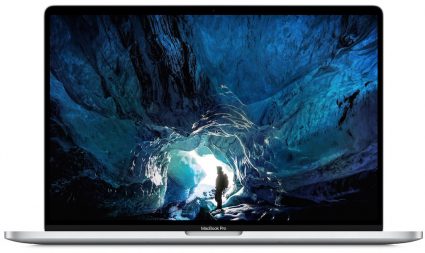 The 16-inch MacBook Pro is equipped with 9th generation 6-core Intel Core i7 or 8-core Intel Core i9 processors, with support for up to 64GB of DDR4 RAM. In addition to integrated Intel UHD Graphics 630, they are equipped with AMD Radeon Pro 5300M, AMD Radeon Pro 5500M, or AMD Radeon Pro 5600M graphics cards. They have four USB-C (Thunderbolt 3/USB 3.1) ports, 802.11ac Wi-Fi, a six-speaker audio system with force-cancelling woofers, and up to 11-hour battery life.
The 16-inch MacBook Pro is equipped with 9th generation 6-core Intel Core i7 or 8-core Intel Core i9 processors, with support for up to 64GB of DDR4 RAM. In addition to integrated Intel UHD Graphics 630, they are equipped with AMD Radeon Pro 5300M, AMD Radeon Pro 5500M, or AMD Radeon Pro 5600M graphics cards. They have four USB-C (Thunderbolt 3/USB 3.1) ports, 802.11ac Wi-Fi, a six-speaker audio system with force-cancelling woofers, and up to 11-hour battery life.
Make sure to pick the RAM and storage for future use as they are not upgradeable.
Ideal For: Mobile professionals, anyone who needs desktop-class performance in a laptop, MacBook Air owners who want to upgrade to increased performance, additional ports and a larger display.
Apple Desktops
Mac mini
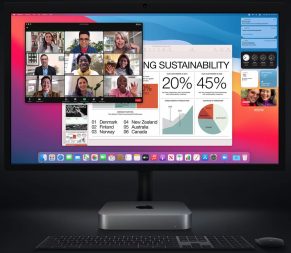
The Mac mini is Apple’s ultra-compact desktop PC. Machined from a single block of aluminum (in Silver) it measures just 20 cm square and under 4 cm tall, including the built-in power supply. In November 2020, the Mac mini was completely upgraded, and now features Apple’s powerful M1 processor.
It may be small, but the Mac mini is a connectivity giant. It’s equipped with Bluetooth 5.0, and Wi-Fi 6. On the back panel you’ll find Gigabit Ethernet, two USB-C (Thunderbolt 3/USB 4) ports, two USB-Type A (USB 3.1) ports, HDMI 2.0, and a 3.5mm headphone jack.
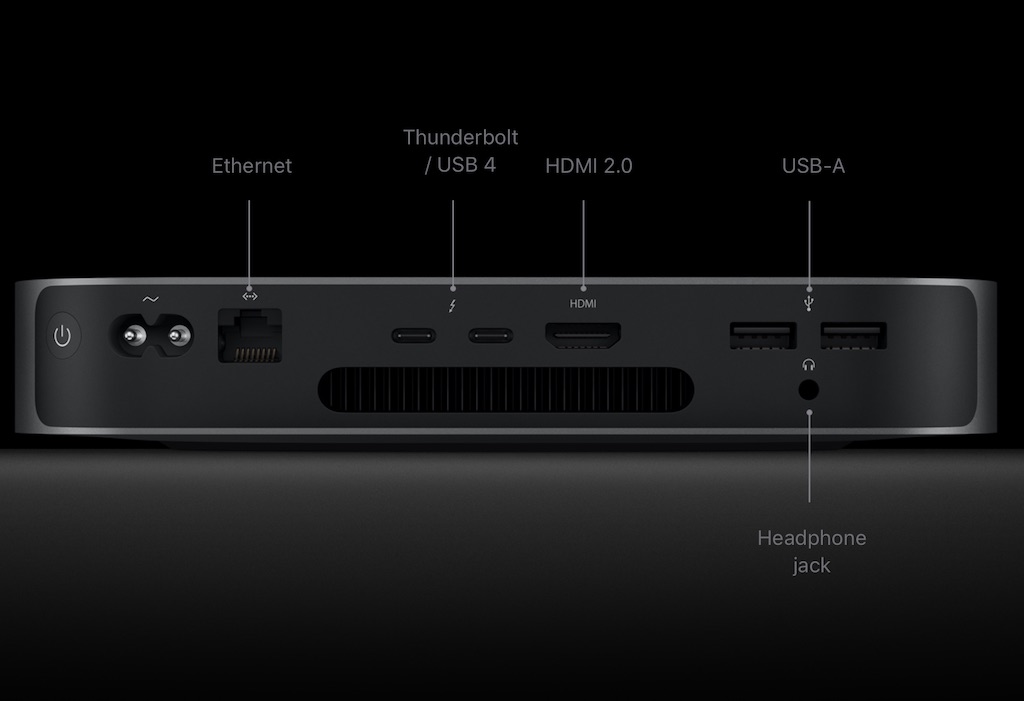
Mac mini buyers supply their own keyboard, mouse and display.
Make sure to pick the RAM and storage for future use as they are not upgradeable.
Ideal For: Casual computer users looking for an affordable Mac, anyone who wants a desktop Mac that doesn’t have a built-in display, space-constrained Mac shoppers and data centres.
iMac
The iMac delivers the ultimate all-in-one desktop PC experience, with a range of configurations that make it ideal for everyone from students to professionals.
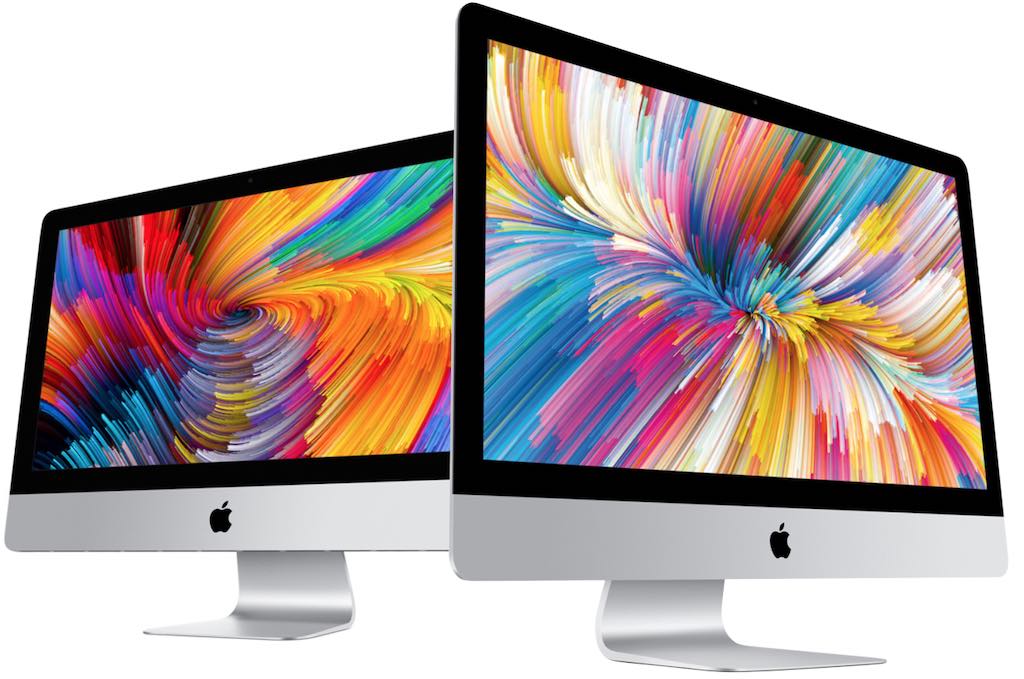
The iMac received a performance boost in 2020. The 21.5-inch models are equipped with Full HD or beautiful 4K Retina displays. The Full HD model is equipped with 8th generation Intel Core processors, while the 4K Retina model is powered by 9th generation Intel Core CPUs. All 21-inch iMacs get standard SSD storage, with the option of high capacity Fusion drives (RAM and drives are not user upgradable). The Full HD iMac features integrated Intel Iris Plus Graphics 640, while 4K models get AMD Radeon Pro 555X, Radeon Pro 560X, or Radeon Pro Vega 20 graphics cards.
All 21-inch iMacs feature a FaceTime HD camera, built-in microphone, stereo speakers, two USB-C ports (Thunderbolt 3), four USB Type-A ports (USB 3.1), Gigabit Ethernet, an SDXC card slot, a 3.5mm headphone jack, 802.11 ac, Bluetooth 4.2, and come with the wireless Magic Mouse 2 and Magic Keyboard.
The 27-inch iMac features an eye-popping Retina 5K display with 500 nits brightness, True Tone, and P3 wide colour. It has the option of nano-texture glass to eliminate reflections. Processors are upgraded to 10th generation Intel CPUS with the option of Core i5, Core i7 or Core i9. The 27-inch iMac’s 5K Retina display is driven by AMD Radeon Pro graphics cards, with the option of Radeon Pro 5300, Radeon Pro 5500XT, Radeon Pro 5700, and Radeon Pro 5700XT.
This model matches the 21-inch iMac’s features, but adds a 1080p FaceTime camera, studio-quality three-mic array, Bluetooth 5.0, Apple’s T2 security chip, and user-accessible memory slots (configurable to 128GB).
For professional users who need even more power, Apple introduced the iMac Pro in 2017.
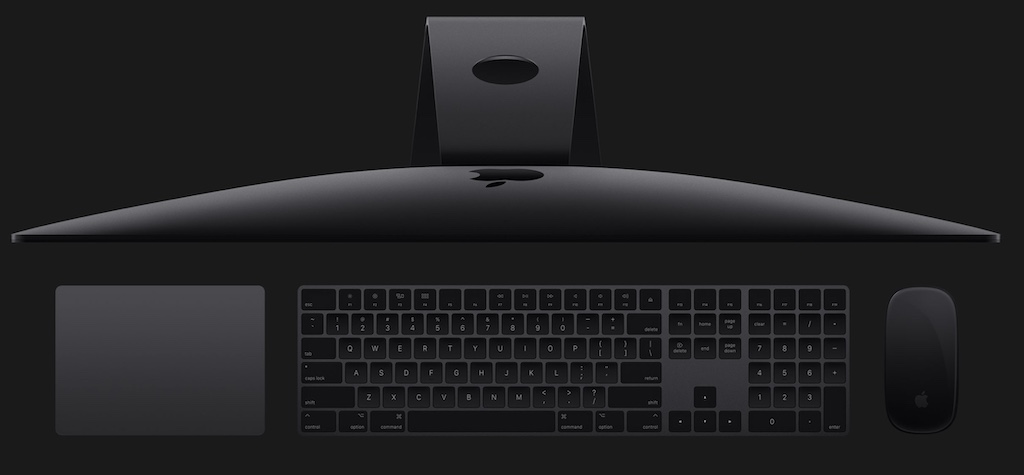
Immediately recognizable by its Space Grey aluminum case and keyboard, the iMac Pro is powered by an Intel Xeon processor with up to 18 cores. The standard configuration is 32GB of DDR4 RAM, and it can support up to 128GB. The iMac Pro is equipped with AMD Radeon Pro Vega graphics with up to 16GB of video RAM—making it capable of supporting VR and editing 8K video. 1TB to 4TB of SSD storage means room for even the biggest video projects. The iMac Pro comes with matching Space Grey Magic Keyboard with numeric keyboard and your choice of Magic Mouse 2 or Magic Trackpad 2.
Ideal For: Anyone who wants a complete all-in-one computing experience in a premium package, everyday and professional computing.
Features to Consider
Desktop Computer vs Laptop
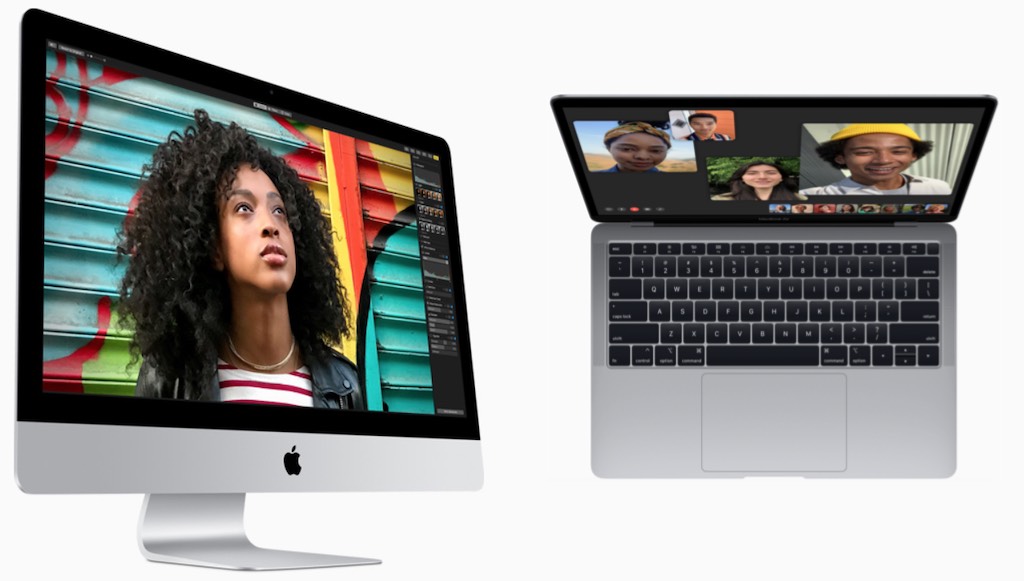
When considering an Apple computer, the first key decision is whether to choose a laptop or a desktop.
A laptop is a self-contained portable solution. It uses little desk space, so you can set it up anywhere. Slip it in a case and you can take it with you to use in a cafe, at a meeting, in a class or on the train. All Apple laptops offer excellent battery life, so in most situations you won’t have to worry about searching for a power outlet. If you want to expand your setup at home or the office, you can always plug in a big screen monitor, add a wireless keyboard and mouse and plug in an external drive for extra storage. With a properly equipped MacBook Pro you can drive multiple external displays. Models equipped with Intel processors can even plug in an external GPU for additional graphics processing power.
A desktop PC lacks the portability of a laptop, but is usually more powerful, with desktop-class CPUs. Apple offers a wide range of desktop computers from the ultra-compact Mac mini to the workstation-class iMac Pro. The sleek and modern all-in-one iMac shows up everywhere from homes to offices, and on the desktops of creative professionals. Those iMacs are available with big, bright 27-inch displays at 5K resolution!
Bring your own favourite monitor, keyboard and mouse with the Mac mini, or choose an iMac to get everything you need right out of the box.
Laptop vs. Tablet
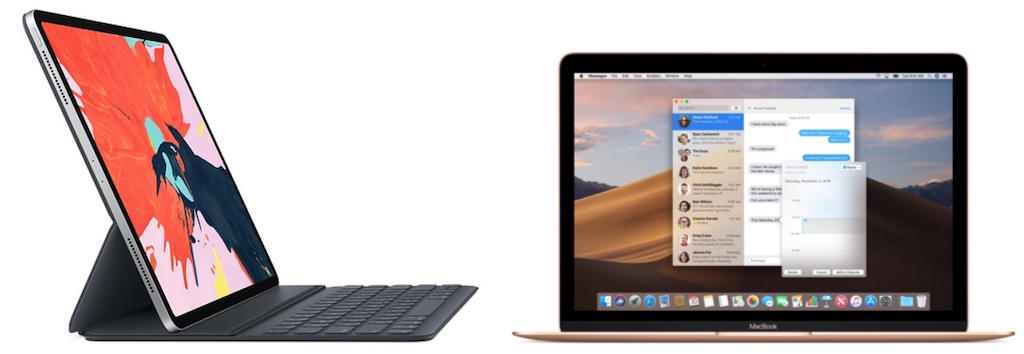
The distinction between laptop and tablet used to be very clear: a laptop was the best choice for productivity, while a tablet was great for casual use such as web-surfing and watching videos.
That line has blurred with Apple’s latest class of devices. The MacBook Air is thin and light enough to rival many tablets when it comes to portability, while the iPad Pro brings a new level of productivity to tablets, especially when equipped with a Smart Keyboard Folio or Magic Keyboard. Its A12Z Bionic processor makes it more powerful than many laptops, and the Liquid Retina Display is available in sizes up to 12.9-inches. The availability of mobile app versions of popular software like Microsoft Word also makes it more feasible to use an iPad Pro as an ultra-portable laptop. The latest generation iPad Pro’s support for USB-C peripherals has further complicated the choice.
And then there is the new Apple M1 processor. Apple computers equipped with this CPU are able to run iOS applications natively.
However, when choosing between laptop and tablet, there are still some clear advantages to each option. Tablets like an iPad are ideal for casual use, ultra portability and touch control, and they support the Apple Pencil stylus. But when it comes to serious productivity, it’s still tough to beat the full-sized keyboard of a laptop, the option of larger displays, along with a wider range of ports for connecting peripherals and accessories. Mac laptops also run macOS instead of iOS, so they’re not limited in the software that can be used the way an iPad can be.
Processor
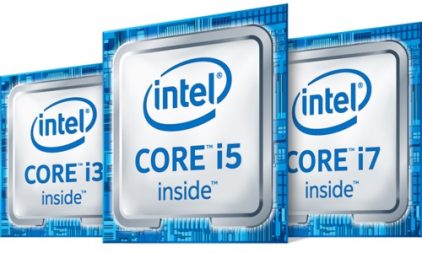
For the past 15 years, Apple computers have used Intel processors exclusively. Product lines are refreshed at different times and currently range from the quad-core 8th generation Core i5 in the 21.5-inch iMac, to the 8-core Intel Core i9 CPU available in the 16-inch MacBook Pro, to the mighty 18-core Xeon that’s an option for the iMac Pro.
However, in November 2020 the company began the transition to its own ARM-based custom processors.
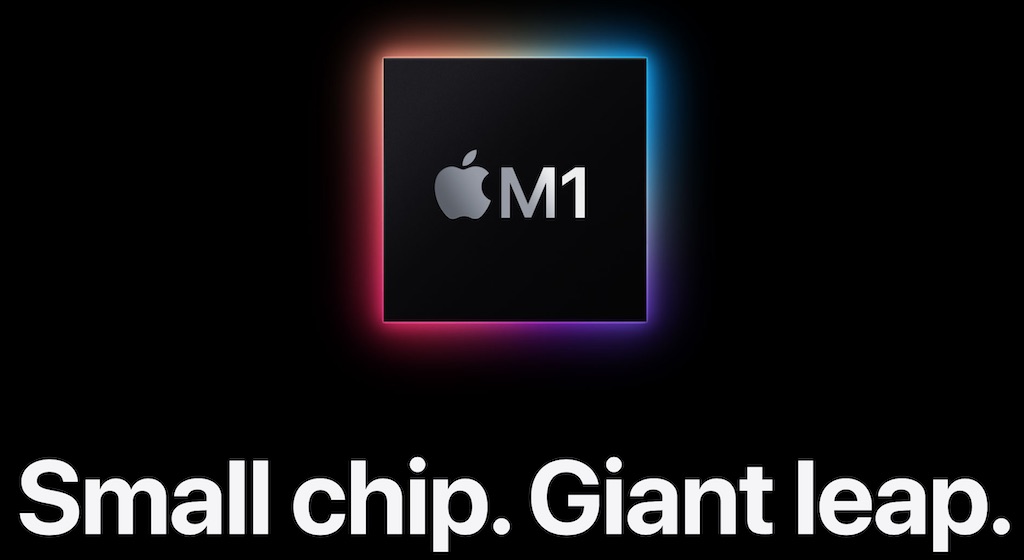
The first of these CPUs is the Apple M1. You can read more about it here, but the M1 brings a huge leap in processing and graphics performance, along with greatly improved battery life for laptops. It also offers native support for iOS, so M1-equipped Macs can run iPad and iPhone apps. The transition from Intel to Apple processors is expected to take an additional two years, so during that time some Macs will continue to offer Intel processors. Apple’s Rosetta 2 emulation will ensure that software remains compatible between platforms.
All Mac computers are equipped with processors that ensure they have the power needed to get the job done and to ensure an extended useful life.
 RAM
RAM
RAM is a critical component that greatly influences the overall performance of a computer: the more RAM available, the more applications and windows can be open before the system starts to slow down. All current Macs are equipped with a minimum of 8GB of RAM, including high speed DDR4 RAM in some prosumer models. With most Mac models, RAM is soldered onto the motherboard, making it very important to pick the right amount—not just for your immediate needs, but also for future use.
Storage
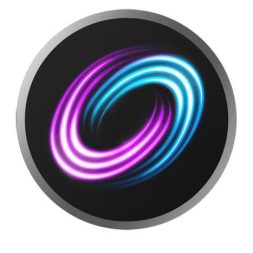
Apple computers offer a range of storage options. The company pioneered the use of SSDs as standard equipment in its ultra-portables, and all now come with solid state storage. All Apple laptops and desktops are currently equipped with PCIe flash storage, which is much faster than previous generation SSDs.
For massive storage capacity to handle collections of videos, music and games, the iMac still offers the option of Fusion hybrid drives that combine the affordable mass storage of traditional hard drives with the fast system-level performance of SSDs.
Battery Life
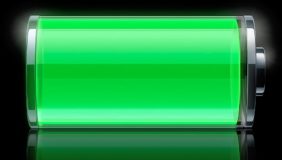
Mac laptops have a reputation for all-day battery life, and more than ever “all-day” will exceed what most people would ever need. For example, the new 13-inch MacBook Pro with Apple M1 processor is rated at up to 17 hours of wireless web browsing or up to 20 hours of Apple TV app movie playback.
Wi-Fi
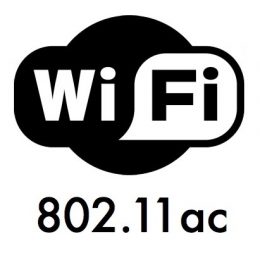
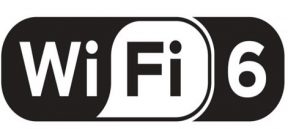
Wi-Fi is more important than ever, as more services move to the cloud. Apple equips all its new Macs with either Wi-Fi 6, or 802.11ac Wi-Fi to take full advantage of the wireless performance boost when connecting to a Gigabit Wi-Fi router.
All Macs are also equipped with Bluetooth wireless for connecting to peripherals such as wireless keyboards and headphones.
Mac vs. Windows PC
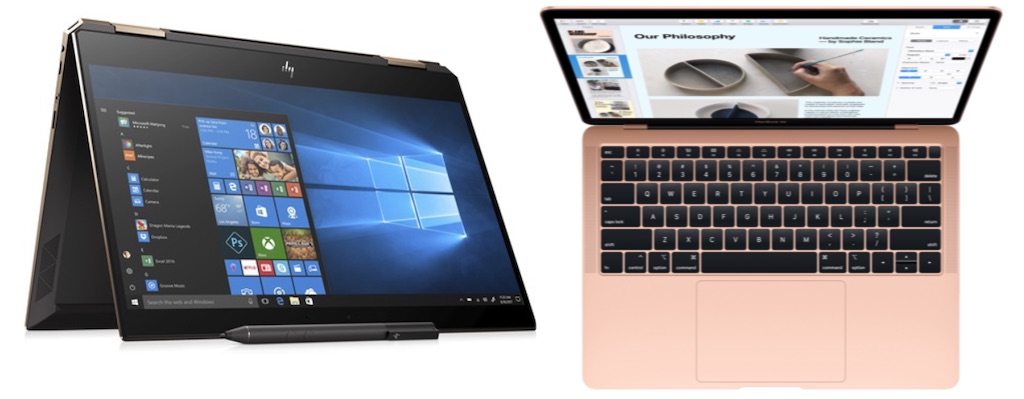
Whether you’re a first-time computer buyer or someone thinking of making the switch from Windows, these features make Apple computers stand out from the pack.
macOS
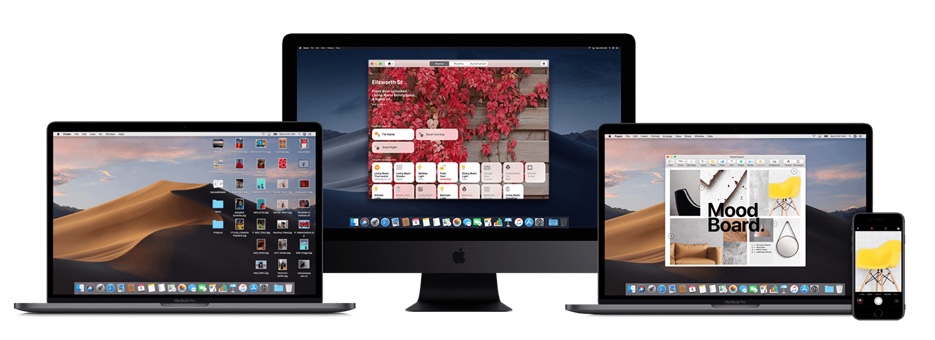
Formerly known as OS X, macOS is the operating system that powers Apple’s computers. Offering a refined user experience with the built-in security of its UNIX heritage, Apple upgrades macOS yearly—for free. The company also regularly releases security updates to address any threats that have been discovered. Included with macOS are preloaded applications, including iTunes, Pages, iMovie and Apple’s Safari web browser.
Owners of other Apple devices will appreciate the consistency between macOS and iOS, and the ability to seamlessly move between apps on an iPhone or iPad and a Mac using Handoff.
Windows on Macs
There are Mac-native versions of most popular applications such as Microsoft Office. However, if you want to run Windows on your Mac, you can! Using Bootcamp, you can directly install Windows and Windows applications on Intel-based Macs, then choose whether you want to boot the computer into Windows or OS X. Bootcamp is not available for the newest Macs equipped with ARM-based Apple M1 processors.
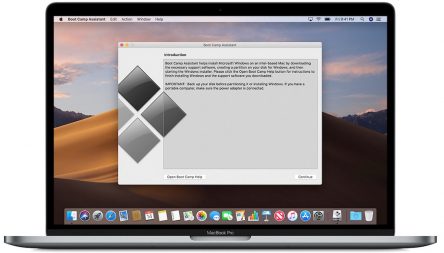 You can also run Windows using an emulator, so you can have both environments active at the same time and even share files between them.
You can also run Windows using an emulator, so you can have both environments active at the same time and even share files between them.
The one thing you can’t do is take advantage of Windows 10’s touch and stylus support, since Macs don’t have touchscreen displays.
What’s New in the World of Macs
macOS Big Sur
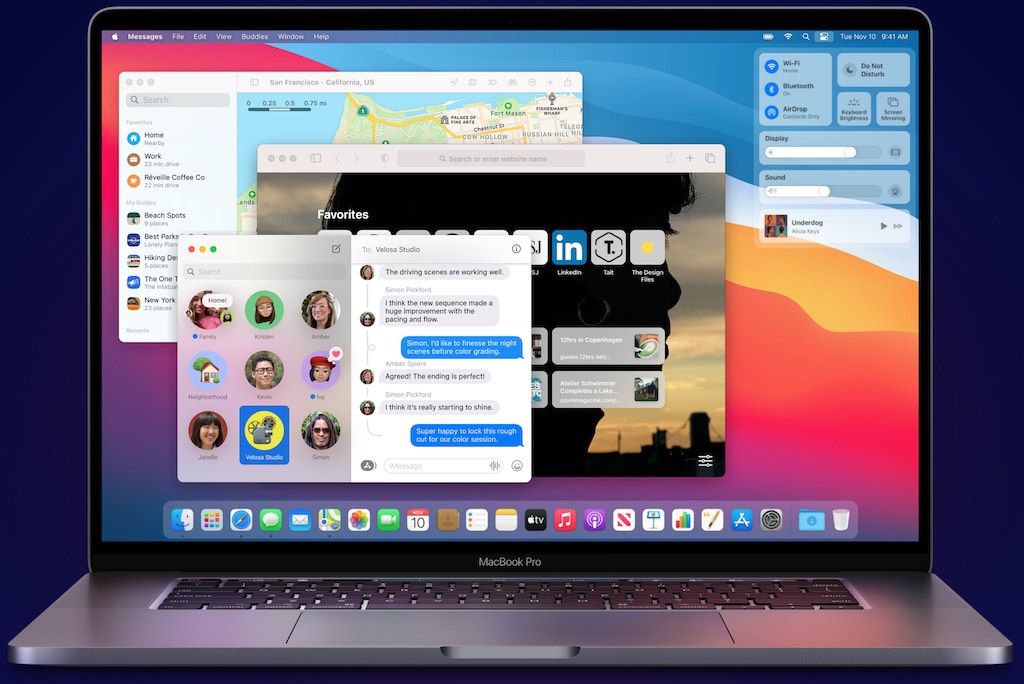
Released in November 2020, macOS Big Sur is a big step toward unifying the Mac, iPhone and iPad experience, while emphasizing privacy and security.
It features an improved Notification Centre and Control Centre that are inspired by iOS. Safari—Apple’s web browser—gets a huge speed boost, 4K support, and the ability to have Siri translate content into one of seven languages. Safari also gains advanced security features including the ability to block (and report on) trackers. Maps and Messages get big updates, and Apple’s Spotlight search tool is much speedier. Overall, it’s a new look, and a more refined experience.
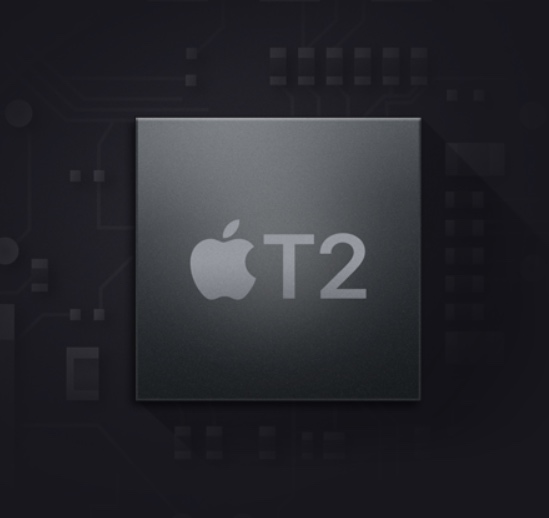 T2 Security
T2 Security
Featured in the latest desktop Macs and MacBook laptops, Apple’s T2 security chip is a coprocessor that offers ultra-secure system booting and encrypted storage.
Thunderbolt 3 USB-C Ports
Apple was a pioneer in offering USB-C ports, and the latest generation of Macs (the new MacBook Air, MacBook Pro and Mac mini) are equipped with ultra high-speed USB-C ports that support Thunderbolt 3. Besides 40Gbps data transfer speed, this lets them output video at full resolution to an external 5K display, with some models able to simultaneously drive multiple 4K or 5K external displays.
Accessories
Keyboard
If you choose a Mac Mini or Mac Pro, a Bluetooth keyboard is a must. It’s also a handy addition if you want to use your Mac laptop as a “desktop” PC. Apple’s Magic Keyboard is a great option, offering full-sized layout in a compact and wireless form factor that complements your Apple Computer’s aluminum look. It even has a built-in rechargeable battery! If you’re a number cruncher, consider a wireless keyboard with a numeric keypad for greater efficiency.
Wireless Mouse
Apple’s Magic Mouse 2 offers all the advantages of the original—wireless operation, Multi-Touch support for macOS gestures, laser tracking and an ergonomic design—but adds a built-in rechargeable battery. For the ultimate in touch navigation without having to move your hand, the glass-surfaced Magic Trackpad 2 even includes support for Apple’s Force Touch feature. You can also use many third party Bluetooth mice with Apple computers.
USB-C Hub
With the MacBook laptop, Apple introduced the new USB-C standard to the mainstream. USB-C offers many advantages, including speed, fuss-free connectors (there is no “right” or “wrong” way to plug them in) and the ability to carry enough power to run a laptop. An increasing number of accessories and peripherals are switching to USB-C.
However, some MacBooks have only two USB-C ports and one does double duty as the power supply. So consider investing in a USB-C hub, so you can expand its connectivity. Apple’s other laptops are also equipped exclusively with USB-C and you may want a hub for these as well, in order to gain a few USB Type-A ports for plugging in order accessories.
802.11ac or Wi-Fi 6 Wireless Router
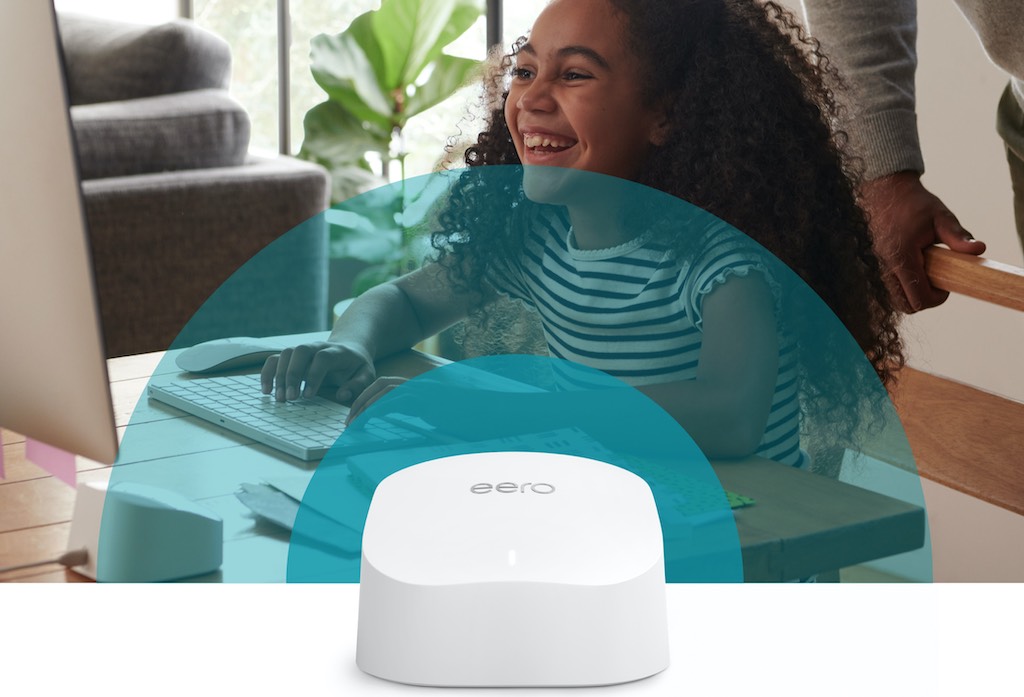
To ensure your Apple laptop or computer is able to download, web browse and stream at full speed, make sure your home is outfitted with an 802.11ac Wi-Fi router. To take advantage of the latest high-speed Wi-Fi in new Apple products that’s also optimized for multiple connections, consider upgrading to a Wi-Fi 6 router. For ease of use and maximum coverage, you may want to consider a mesh Wi-Fi system instead of a traditional, single-point Wi-Fi router.
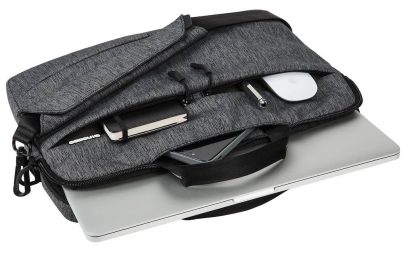 Laptop Case
Laptop Case
If you buy an Apple laptop and plan to take it anywhere with you, a case or sleeve is an essential accessory. Both will protect your MacBook Air or MacBook Pro from scratches and the elements, while a case adds storage so you can conveniently bring along accessories like a power adapter, Bluetooth mouse or thumb drive. If you want to go as light as possible, consider a laptop skin for protection from minor bumps and scratches without the bulk of a sleeve or case.
Take the Next Step and Find The Right Apple Computer
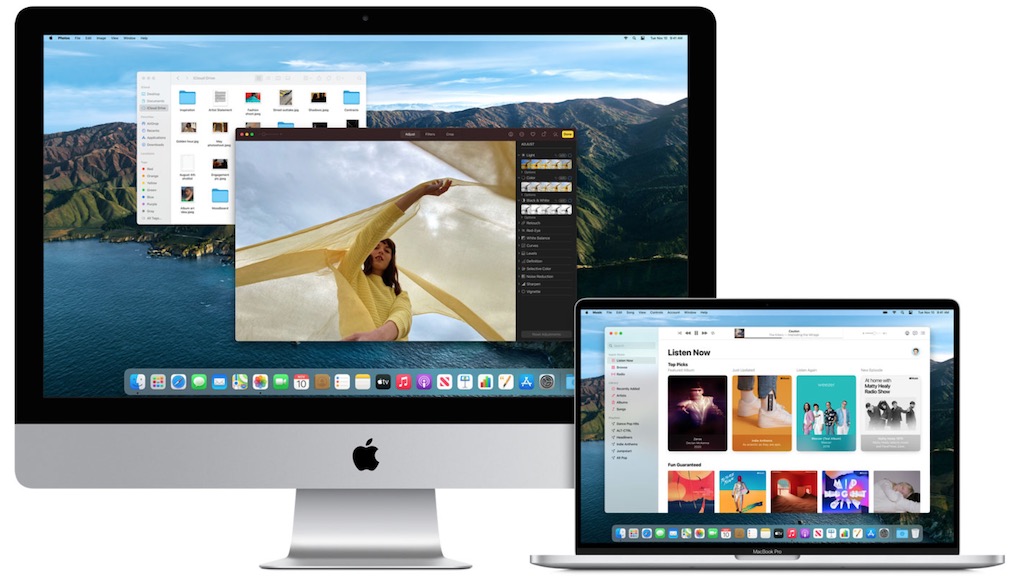
With the knowledge you’ve gained about Apple computers, you have everything you need to make make an informed decision about which one is right for you. Best Buy carries a large selection of MacBook Airs, MacBook Pros, iMacs, and Mac minis so there’s guaranteed to be a Mac model that fits your lifestyle and needs. Best Buy also offers a specialized range of iMacs and Apple laptops that have unique specifications outside of the standard retail models, so you can get the exact Mac you want, right away.




